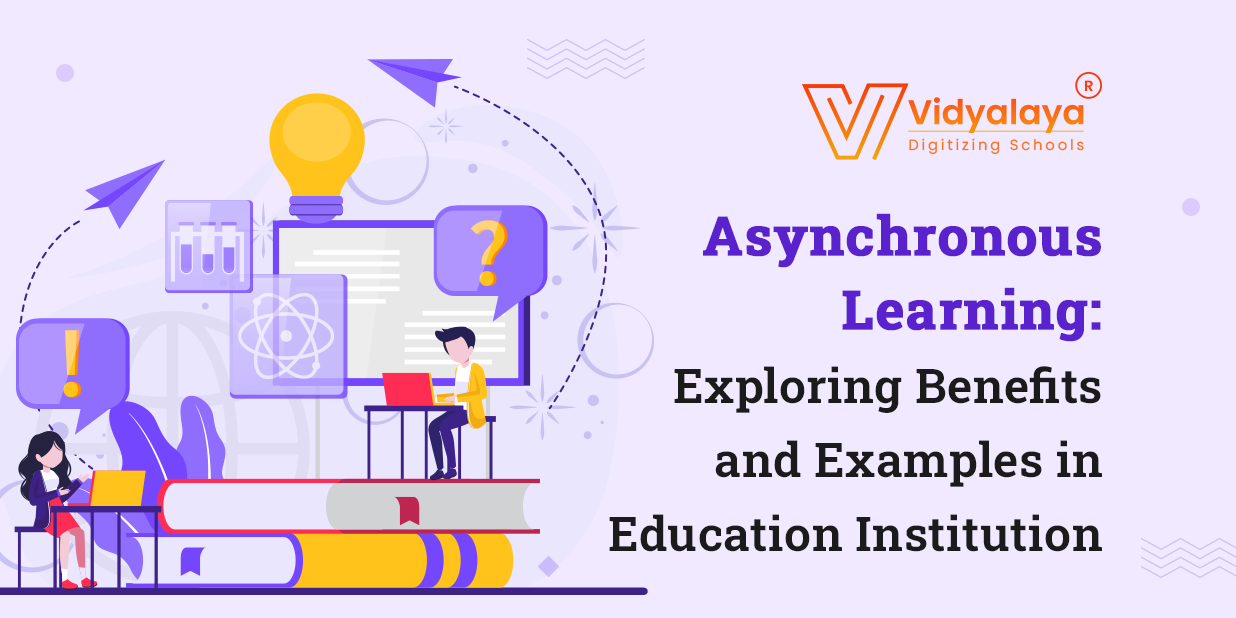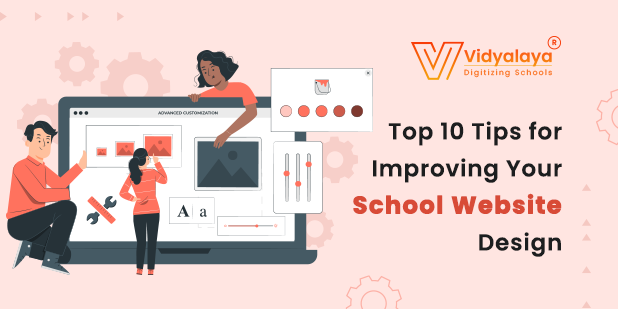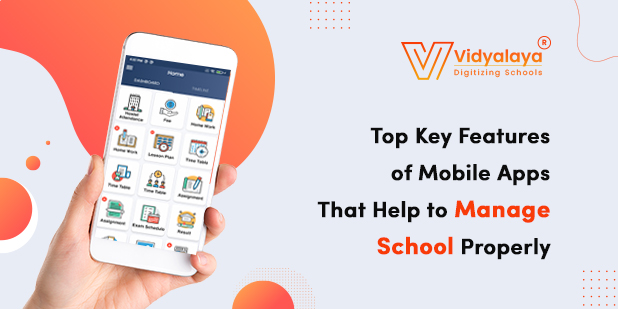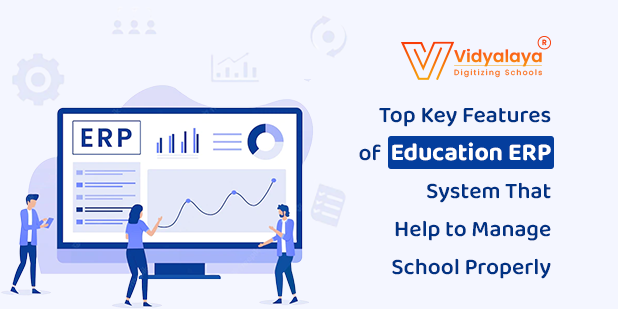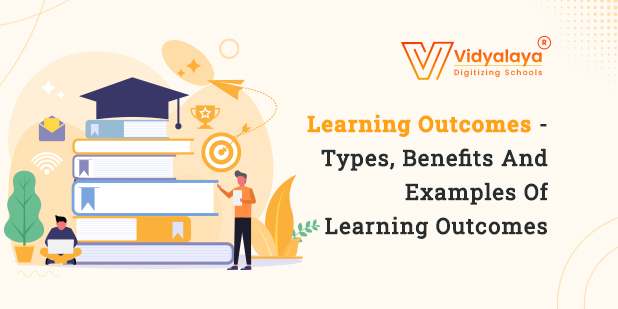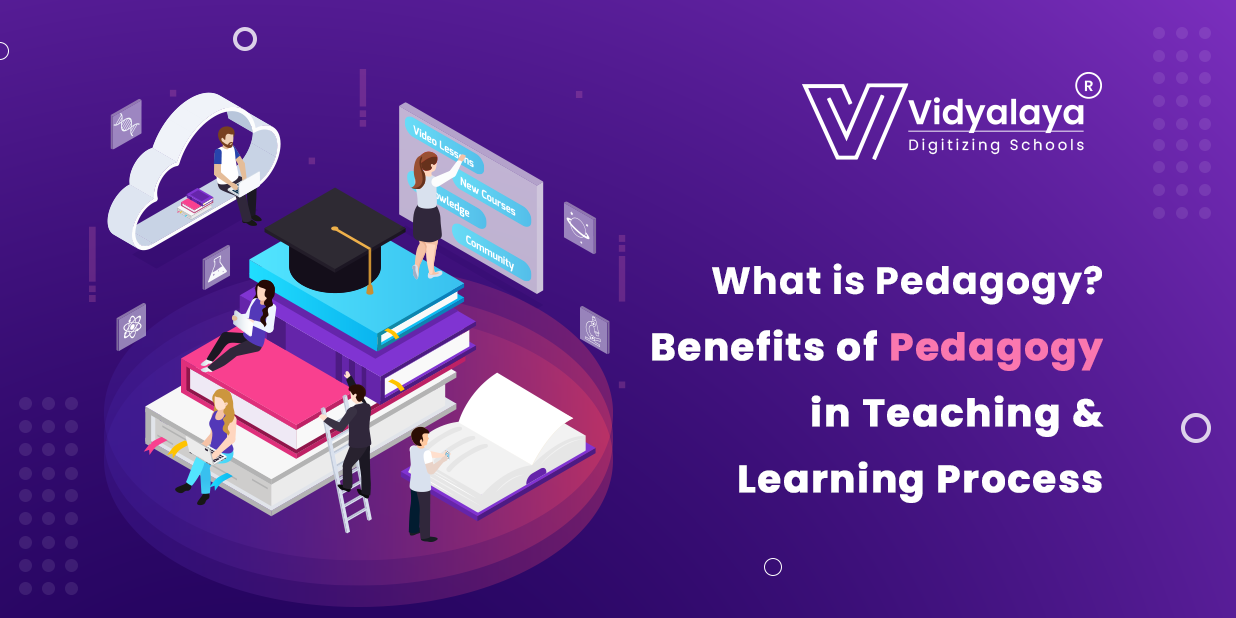Online learning has become a norm, especially after a pandemic. When you refer to online learning, two terms synchronous and asynchronous learning automatically get referred to as well. Even though they also describe physical learning settings, they are prominently referred to in the eLearning method. As the word synchronous describes itself, when a teacher and students gather together at the same place and time irrespective of mode of learning, it is synchronous learning. Opposite to it is asynchronous learning. Let’s learn what exactly it is, what are the benefits, and how it is implemented in the education sector, right here!
What is Asynchronous Learning?
Asynchronous learning is a type of learning that enables students to access learning material, appear for exams, and converse leisurely, not restricting them to attend classrooms physically. It also does not provide instructor contact and students can learn at their own pace. This method applies stringent deadlines for the sake of not losing the flexibility of time constraints and discipline. This method offers freedom to students to select their own learning style and pace, however, there may be time constraints on completion of course material. This removes the consistent real-time interactions, online or in-person.
There are two types of learning: synchronous and asynchronous learning. When benefits of both these types are combined, it gives a third option of hybrid or blended learning. This combines online education materials and opportunities for interactions online with conventional classroom-led methods.
What are the Benefits of Asynchronous Learning?
Asynchronous learning is becoming a word of mouth because it enables you to explore more possibilities like whether you want to learn a second language, or want to equip yourself with an advanced technical skill or accomplish your higher graduation. Competing to face-to-face interaction mode, asynchronous learning beats several flaws of the prior with the help of technology.
Here are the prime benefits of asynchronous learning methodology:
1. Flexible Approach:
Students need to study several subjects and not all of them are easy for them. They need rehearsals and study at their own pace for some complex subjects. With asynchronous learning, students can achieve this best. This method supports different learning styles so that students can opt for their suitable style. It also caters to the students’ visual or auditory preferences and can serve physically challenged students very well.
2. Affordable Solution:
Learning in classrooms requires several investments as infrastructure, stationary, furniture, and other administrative expenses. When institutes opt for an asynchronous way using a learning management system, all these costs are reduced. Although it is a huge amount to be invested in developing the system, but it serves as a one-time investment which gives higher ROI. Even requirements for the live teacher to be present at all times are eliminated. Teachers can record the sessions once and students can go through them at a later time.
3. Scalable Learning:
When student size goes up or shrinks, it highly affects the budgetary requirements of the institute. This will not happen when the institute prefers to go with the learning management system. Any number of students can participate in the sessions and exams without any hassle. This is highly competitive with the traditional classroom method.
4. Improved Skill Development:
Developing the skills of students has been easier when asynchronous learning is opted. Students are free to practice at their own pace, time, and learning abilities. They can develop soft skills like leadership, management skills, public speaking, and verbal and vocal skills through different examples of asynchronous learning like presentations, group discussions, and group projects. Asynchronous learning focuses on the comprehensive development of students rather than merely concentrating on academic learning.
5. Easy Access to Information:
Alternatives to a conventional degree are readily accessible and are considered the equal worthy nowadays. Additionally, it may reveal to you the challenging or training courses. Many corporate companies have facilitated their employees to upscale themselves without physically visiting establishments. These programs are designed specially to upgrade their knowledge. So, students can opt for this option by viewing the convenience and scope.
Unlike traditional learning, asynchronous learning offers easy access to information that widens the understanding levels. Information is available in different mediums like slideshows, presentations, images, videos, text so that it becomes easy for students to grasp the complexity of the topic. Nicely designed learning management system takes care of this aspect especially.
What are the Examples of Asynchronous Learning?
Asynchronous learning enables distant learning students to meet their unique learning requirements. It also lowers the Zoom Fatigue factor that may cause you to lose interest in learning.
Following are the examples of asynchronous learning that enables students to acquire benefits of the technology advancements through it:
Pre-recorded Video Lectures:
Asynchronous learning has the biggest advantage of revisiting the pre-recorded lessons. This will help students to learn at their own pace. Also, video presentations are more effective than regular learning material.
Presentations:
It works best when students are allowed to demonstrate what they have understood. Group discussions can be added to asynchronous course curriculum. It will also help students to beat their stage fear and improve their public speaking skills.
Assignments:
Reading and writing assignments serve as a medium for student evaluation. They help them to understand the concepts and express them accordingly. Assignments can be considered a great way to develop the student’s capabilities of accountability and stability. A Learning management software can help in creating online assignments and evaluating them automatically so that teachers can experience less workload.
Group or Individual Projects:
Traditional learning focuses on merely the academic growth of students. But when blended learning is applied, it offers benefits of both synchronous and asynchronous learning methods. Students are asked to work in groups to accomplish projects or group work. This will enhance their compatibility with other group members. Asynchronous learning provides tools like chat groups, board rooms, group meetings, and video conferencing to students to improve conversational skills.
Learning Exercises:
Learning exercises like puzzles, quiz can assess students well. They are quicker and faster as compared to traditional exams. Online learning can make use of this medium to evaluate student understanding by conducting problem-solving sessions, games, and inter-class tournaments. These things make the sessions entertaining as well as help students to develop new skills and knowledge. Soft skills like team building, cognitive learning, and leadership can be developed using learning exercises like this. All this can be integrated with a good learning management system to enhance the learning experience.
Asynchronous learning opens a new alternative to educational institutes that removes constraints of schedules and human components. This method can be more effectively implemented when student size is big. Vidyalaya, being the leading name in the Indian and Global Education sector, embraces this futuristic strategy in its products. Most renowned products like the Learning management system are high in demand as they broaden the objectives and learning styles. Go for it and open the doors for the future of education!






















